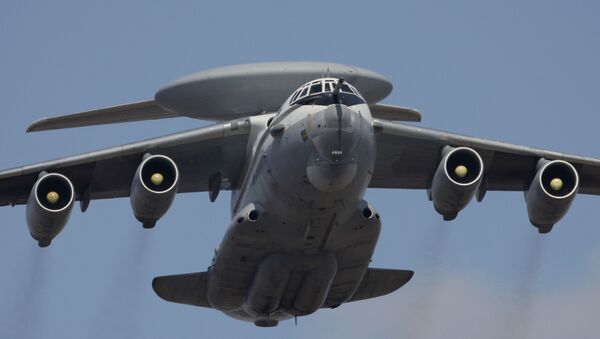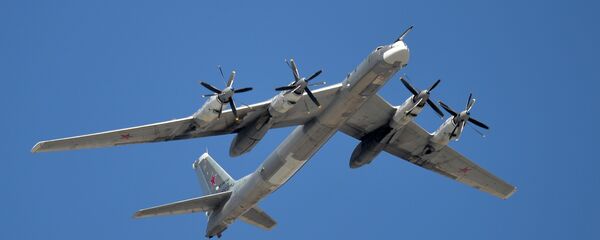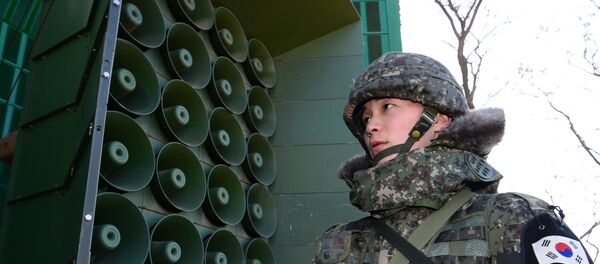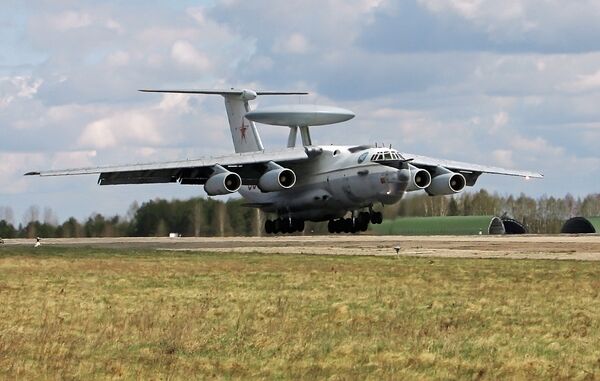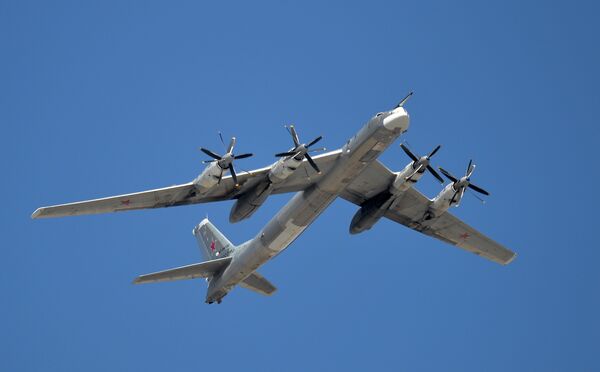On Thursday, the Russian Defense Ministry's press service said that Russia's Tu-95MS strategic bombers carried out routine flights over international waters above the Sea of Japan, Yellow and East China seas.
The long-range planes were accompanied by a Su-35S fighter of the Eastern Military District and an A-50 Airborne Early Warning and Control Aircraft of the military-transport aviation.
It was very unusual for Russia's Tu-95MS to fly around the Korean Peninsula with an escort of such powerful aircraft, Alexander Khrolenko wrote in his op-ed for RIA Novosti.
At certain points along their route, the Russian strategic bombers were accompanied by aircraft of the South Korean Air Force and the Japan Air Self-Defense Force.
Earlier in April, Khrolenko recalled, two of Russia's Tupolev Tu-95MS bombers and two Ilyushin Il-38 maritime patrol and anti-submarine warfare aircraft flew over the Sea of Japan. Simultaneously, two Tupolev Tu-142 maritime reconnaissance and anti-submarine warfare aircraft flew near Japan's Pacific coast, the location of the largest strategically important US naval installation in the western Pacific.
Japan's news agency Kyodo at the time reported that Japan had not seen such a flyby for three years, he added.
"I think that with these two flights, Russia's Aerospace Forces defined what might become the next battle ground and sent a certain message to American partners, who are trying to set up their own scenario for military and political developments in the restive area," the political analyst suggested.
"The unusual aircraft which performed the recent flight demonstrate that Russia's designating systems, strike weapons and fighter coverage are on high combat alert for implementation of strategically important tasks," he suggested.
Khrolenko then reviewed what these tasks might be.
A-50 Airborne Early Warning and Control Aircraft (NATO reporting name Mainstay) are able to detect and identify airborne objects, determine their coordinates and flight path data and transfer the information to command posts of automatic control systems (in other words, guide fighter-interceptors and tactical air force aircraft to combat areas to attack ground and sea targets).
The modernized A-50 aircraft has increased range capabilities, can detect and control an increased number of targets and guided fighter interceptors and possesses a digital electronics system.
Tupolev Tu-95MS bombers and missile platforms (NATO reporting name Bear) form the core of Russia's strategic aviation. It can carry the Kh-55 subsonic air-launched cruise missiles (NATO reporting name AS-15В "Kent") with a range up to 3,000 kilometers.
In combat operation, one Tu-95MS is able to destroy several enemy cities without entering its anti-missile defense zone.
The Sukhoi Su-35 fighter (NATO reporting name Flanker-E is able to intercept and destroy all types of aerial targets, ground and sea infrastructure of an enemy even covered by anti-missile air defense. It made its combat debut in Syria. The aircraft is supermaneuverable, supersonic and has a long-range. It is equipped with advanced active and passive detecting equipment, a state-of-the-art electronic warfare system and can carry various types of weapons.
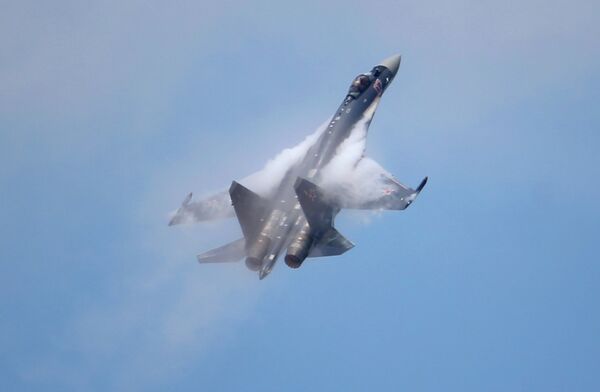
The potential of Russia's aerial group which flew over the waters of the Sea of Japan, Yellow and East China seas, suggest that the area, which can become the next battle ground, including US military bases and battleships, is no secret to Moscow, Khrolenko stated.
The Sea of Japan is shared by Russia, North Korea, South Korea and Japan. Intensified threats by Washington, which has no border on the Sea of Japan, towards Pyongyang and its large-scale drills with regional allies can't but alert Pyongyang's closest neighbors, Russia and China, he explained.
"Moscow can’t ignore America’s threats to deal with yet another unwanted regime close to Vladivostok, the main naval base of Russia's Pacific Fleet (only 120 kilometers away from North Korea). One way or another, Russia has to react to a threat of unleashing of a large-scale military conflict in close vicinity to the territory of its Primorsky region, which is home to two million people," Alexander Khrolenko finally stated.

